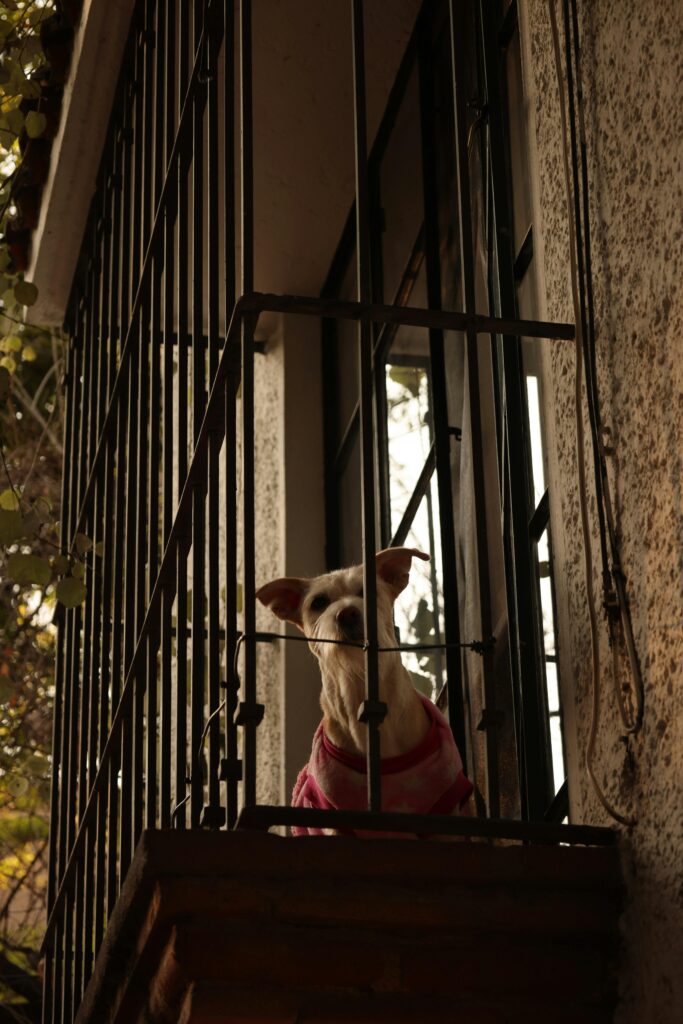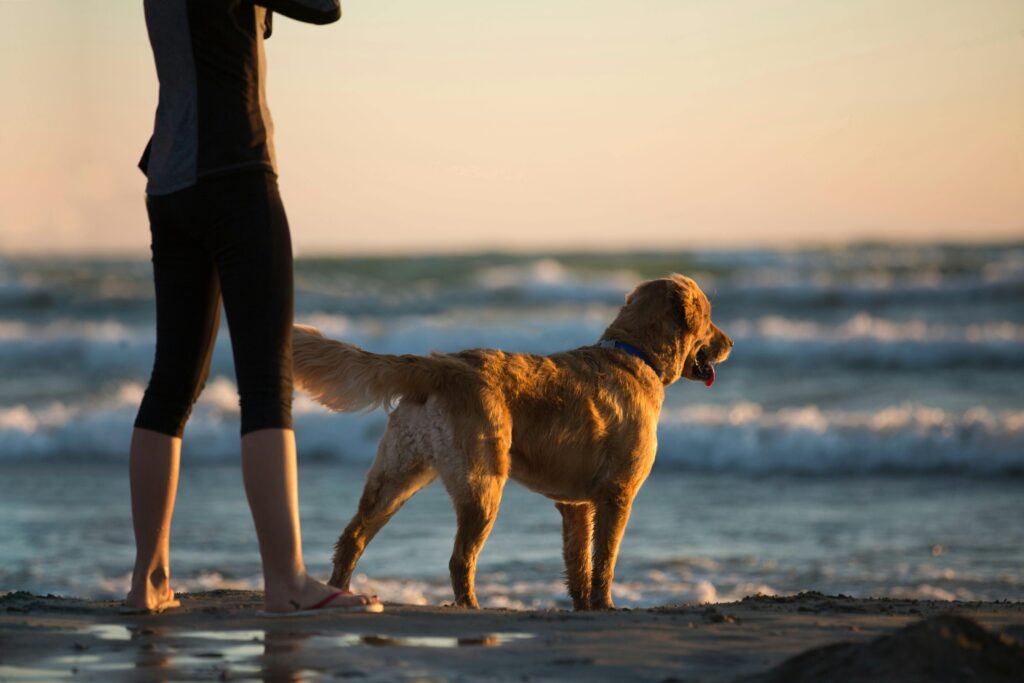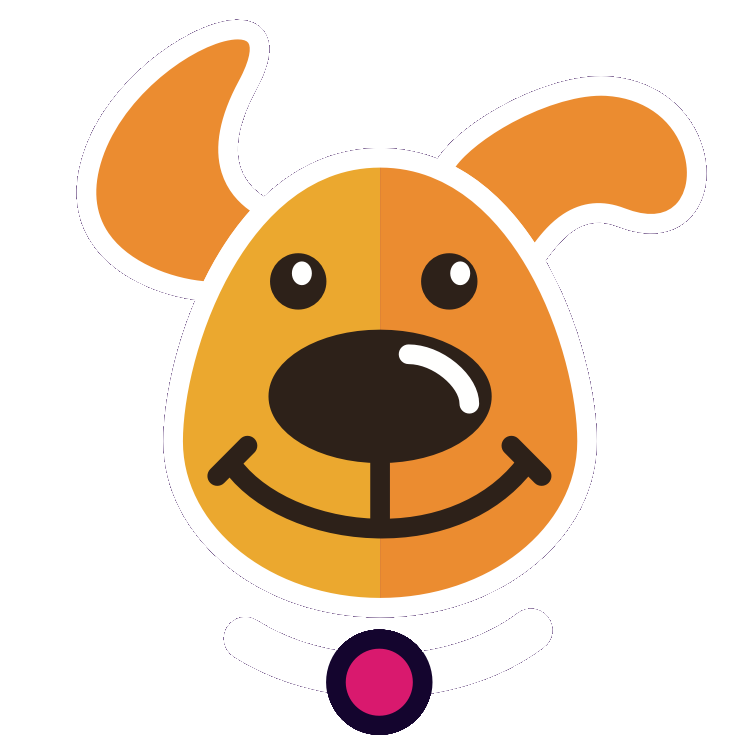If you’ve got a reactive dog, you probably already know how much your presence matters to them. But now, science is backing you up! A recent study by Dzik et al. (2025) looked at whether a human’s presence could reduce frustration in dogs—essentially, whether we can act as a “social buffer” when our dogs are stressed. Spoiler: We can!
So, let’s break this down, because understanding how you influence your dog’s emotions could be a game-changer for helping them navigate the world more calmly.
How Dogs Experience Frustration
Frustration happens when a dog expects something good to happen (like getting food, greeting another dog, or moving towards something interesting) but then… nothing. Cue the whining, barking, jumping, or even a full meltdown.
In the study, dogs were given a task where they had to look at a person to get food. When the food stopped coming, they got visibly frustrated—whining, pacing, and generally looking unimpressed. But here’s the interesting part: when their guardian was present, their frustration levels were lower. Just having their person there helped them cope better.

What This Means for Your Reactive Dog
If your dog struggles with reactivity, anxiety, or frustration, this study reinforces something really important—you are their anchor. Your presence has a real, measurable impact on their ability to handle stress. That means you’re not just their snack dispenser or lead-holder; you’re part of their emotional support system.
This is why your energy and body language matter so much. If you’re tense and bracing for a reaction, your dog picks up on that. But if you stay calm and confident, you can help them regulate their emotions more effectively.
How to Be a Calming Influence for Your Dog
Want to put this research into action? Here are a few practical ways to use your presence to help your dog stay calmer:
- Stay Close in Stressful Situations
If your dog is struggling, don’t just stand there like a statue—let them know you’re with them. Speak to them in a reassuring tone, or use gentle touch (if they find it soothing). Simply being near them and staying relaxed can make a big difference.
- Breathe and Model Calmness
Dogs are masters at reading body language. If you’re tense, holding your breath, or gripping the lead tightly, your dog will pick up on it. Take a deep breath, relax your shoulders, and move with intention. You’re showing them that there’s nothing to worry about.
- Be Their Safe Base
In scary situations, your dog should feel like they can look to you for reassurance. This means creating a solid bond built on trust—never forcing them into situations they can’t handle but instead guiding them through things at their own pace.
- Practice “Social Buffering” at Home
You don’t have to wait for stressful moments to use this effect. Start in a calm environment—sit with your dog and just be with them. Notice how they relax when you’re nearby. This strengthens their ability to feel safe with you, making it easier for them to rely on you when things get tough.
- Use Connection, Not Control
It’s easy to default to controlling behaviours when your dog is struggling—tightening the lead, giving lots of commands—but sometimes, they just need to know you’re there. Instead of trying to fix their behaviour in the moment, focus on supporting them through it.

You Matter More Than You Think
If you ever feel powerless when your dog is having a tough time, remember this: just being there makes a difference. Science says so. Your presence, your calm energy, and your ability to be a steady support system can help your dog navigate frustration and stress more effectively.
So next time your dog starts to struggle, take a breath, soften your body, and remind yourself—you are their safe place. And that’s pretty amazing.
Want more support in helping your reactive dog feel calmer? Join Calm Canines Club and get access to training, resources, and a supportive community of like-minded guardians. You don’t have to do this alone!
